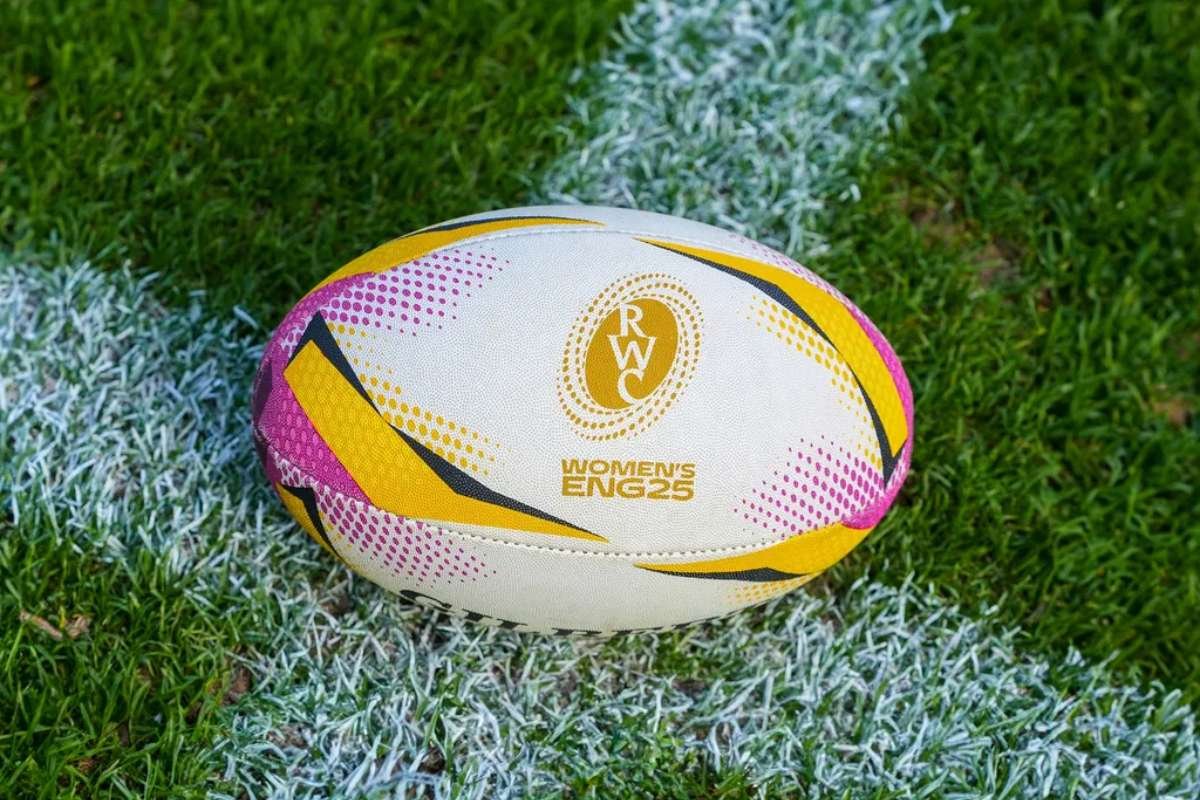Key Points:
- Record Growth – 375,000+ tickets sold, Twickenham final set for 80,000 fans.
- Tech & Icons – Smart gear and star players push the game forward.
- Progress & Gaps – Big growth, but challenges remain.
The 2025 Women’s Rugby World Cup, hosted in England from 22 August to 27 September, is being hailed as a turning point for the sport. Once reliant on grassroots fundraising and volunteer efforts, the competition has now grown into a globally recognised spectacle. The opening match between England and the USA reflects a symbolic journey—these two nations contested the first women’s final in 1991, when visibility and support for the game were minimal.
This time, the difference is staggering. Over 375,000 tickets have already been sold, with the Twickenham final set to welcome a capacity crowd of more than 80,000 spectators. Media interest has also surged, with hundreds of journalists accredited, marking a stark contrast to the under-reported beginnings of women’s rugby. The transformation highlights not just growing fan enthusiasm but also institutional recognition, as the tournament is now positioned at the heart of rugby’s global sporting calendar.
Role Models, Technology, and Expanding Horizons
A defining feature of this year’s competition is the blend of athletic excellence, cultural impact, and technological innovation. On the field, players are stepping into the role of global icons. Figures such as Ilona Maher, known as much for her body-positive messaging and social media influence as her rugby talent, have become central in expanding the game’s reach to new audiences. Her presence reflects a shift in the sport, where athletes inspire not only through skill but also through their cultural influence.
Off the field, safety and science are playing a bigger role than ever before. For the first time, players will use smart mouthguards fitted with LED sensors that detect heavy impacts. These devices, which light up instantly during potential head trauma, allow medical teams to respond swiftly, reinforcing the game’s commitment to athlete welfare.
Meanwhile, national teams bring unique stories that broaden the Women’s Rugby World Cup appeal. Australia enters the tournament with renewed optimism and calls for stronger domestic investment. In the United States, Cass Bargell, a scrum-half who returned to elite rugby after life-changing surgery, embodies resilience and determination. Such narratives underline how women’s rugby is no longer just a sport—it is a platform for human stories that resonate well beyond the pitch.
Progress and the Road Ahead
While the progress is undeniable, challenges remain. The professional gap between fully resourced sides and developing teams is still evident, raising questions about competitive balance and long-term sustainability. Concerns also persist that increased commercialisation could erode the community spirit that has long defined women’s rugby.
Yet, the overall momentum is overwhelmingly positive. The sold-out stadiums, global broadcasting, commercial partnerships, and cultural icons reflect a sport entering a new era of legitimacy and influence. The Women’s Rugby World Cup 2025 is more than a sporting event—it is a celebration of equality, innovation, and progress.
For players and fans alike, this tournament represents both a recognition of how far women’s rugby has come and a promise of what still lies ahead. It is a defining chapter in a story that continues to grow louder, prouder, and more impactful on the world stage.
Visit CIO Women Magazine to read more.









